The International Center for Materials Nanoarchitectonics (WPI-MANA) features in a new special issue from Advanced Materials.
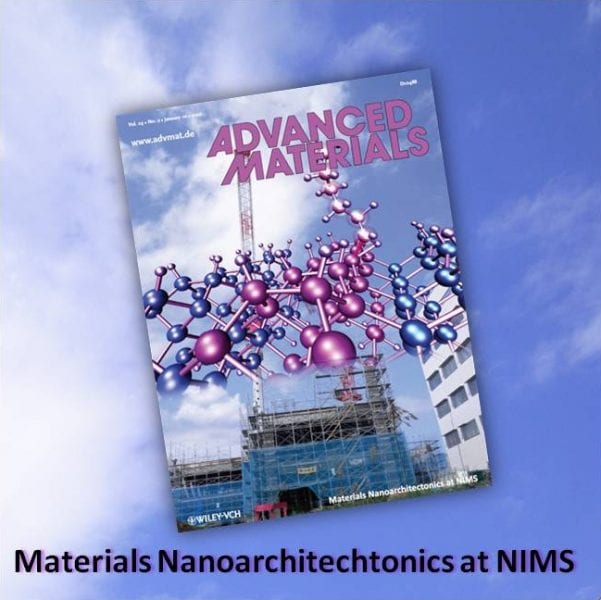

The International Center for Materials Nanoarchitectonics (WPI-MANA) features in a new special issue from Advanced Materials.
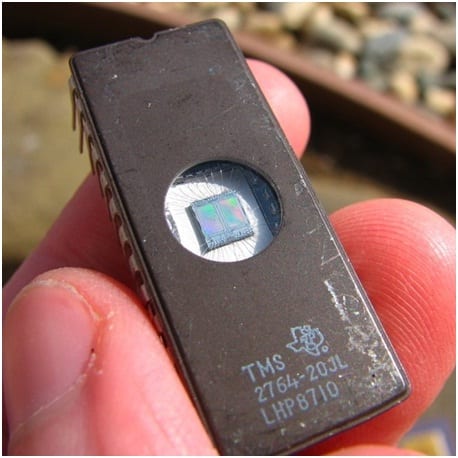
Xavier Crispin and his research team have shown that the type of electronic conduction observed in electrochemical transistors is highly dependent upon the capacitance of the device gate electrode.
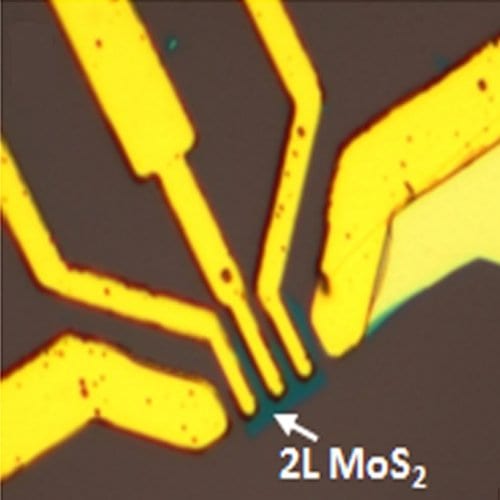
Nitric oxide detectors made of two to four layers of MoS2 incorporated into a field-effect transistor outperform a single-layered device.
Nominations for the third Polymer International – IUPAC Award, celebrating the achievements of young researchers in the polymer community, will close on October the 31st.
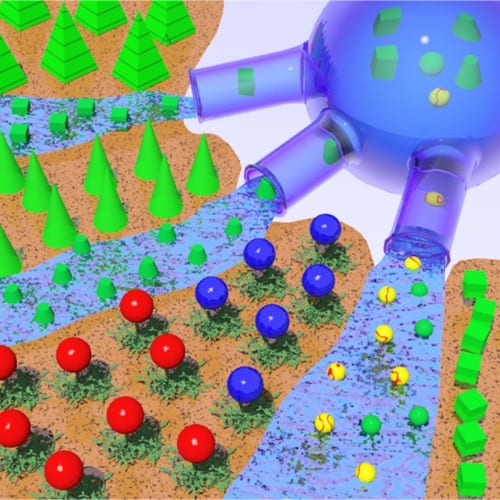
Professor Geoffrey Ozin discusses the safe and responsible development, production, use, transportation, and disposal of nanoparticles in existing or emerging nanotechnologies.
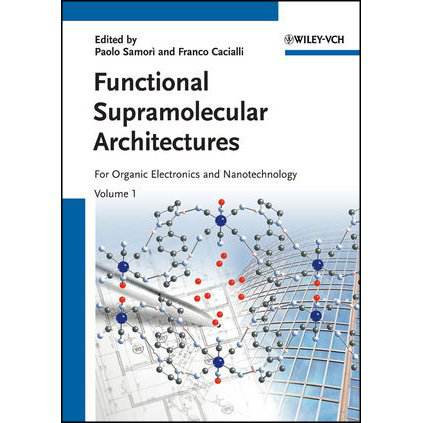
Professor Maurizio Prato reviews the new book, Functional Supramolecular Architectures: for Organic Electronics and Nanotechnology.

A nanoparticle-based nerve agent detector is developed by researchers in Korea

Two research teams synthesize highly ordered carbonaceous structures, such as graphene, using unusual but everyday raw materials, and even waste.
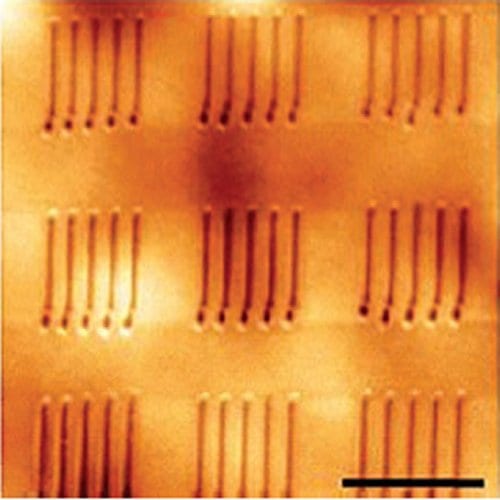
A new method of making ferroelectrics that uses a heated probe tip means they can be produced directly on virtually any substrate and in any shape.
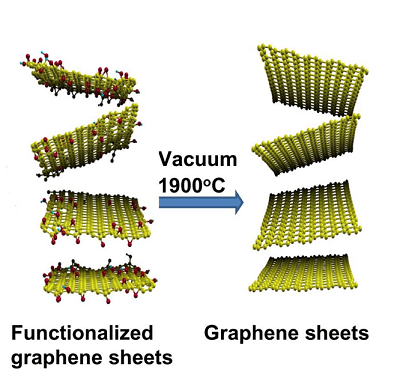
A new method to produce purer, more conductive graphene sheets has been developed by a Korean research team